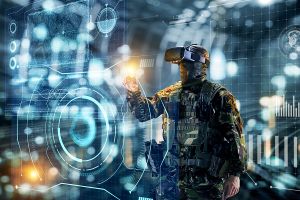 The government's relationship with cloud computing has been an evolving affair. Initially, there was skepticism that cloud solutions could not provide the needed security that on-premise systems had been providing. With checks and balances provided by FedRAMP, security concerns were slowly but surely overcome. With the move to more remote work and the demand for digital interaction with citizens, cloud has moved from a novel approach to a necessary part of the Federal IT infrastructure.
The government's relationship with cloud computing has been an evolving affair. Initially, there was skepticism that cloud solutions could not provide the needed security that on-premise systems had been providing. With checks and balances provided by FedRAMP, security concerns were slowly but surely overcome. With the move to more remote work and the demand for digital interaction with citizens, cloud has moved from a novel approach to a necessary part of the Federal IT infrastructure.
Cloud and Security
Initial concerns about the levels of security maintained by cloud providers have proven to be unfounded. Cloud systems are built with security as a top of mind concern by some of the brightest, most experienced cyber experts in the world. No matter how skilled Federal IT teams are, they just cannot build an on-premises system that meets the same rigors. In fact, today cloud security concerns lie with the users of cloud rather than the providers. Continue reading

 The
The  After issuing the
After issuing the  Digital twins
Digital twins Virtual Reality (VR) has strong roots in the military. Long used for training and simulations, the military has helped develop VR technology and continues to innovate in how it can be used. VR continues to be invaluable to tactical, mission training but is also being used in other training areas. For example, the
Virtual Reality (VR) has strong roots in the military. Long used for training and simulations, the military has helped develop VR technology and continues to innovate in how it can be used. VR continues to be invaluable to tactical, mission training but is also being used in other training areas. For example, the 
